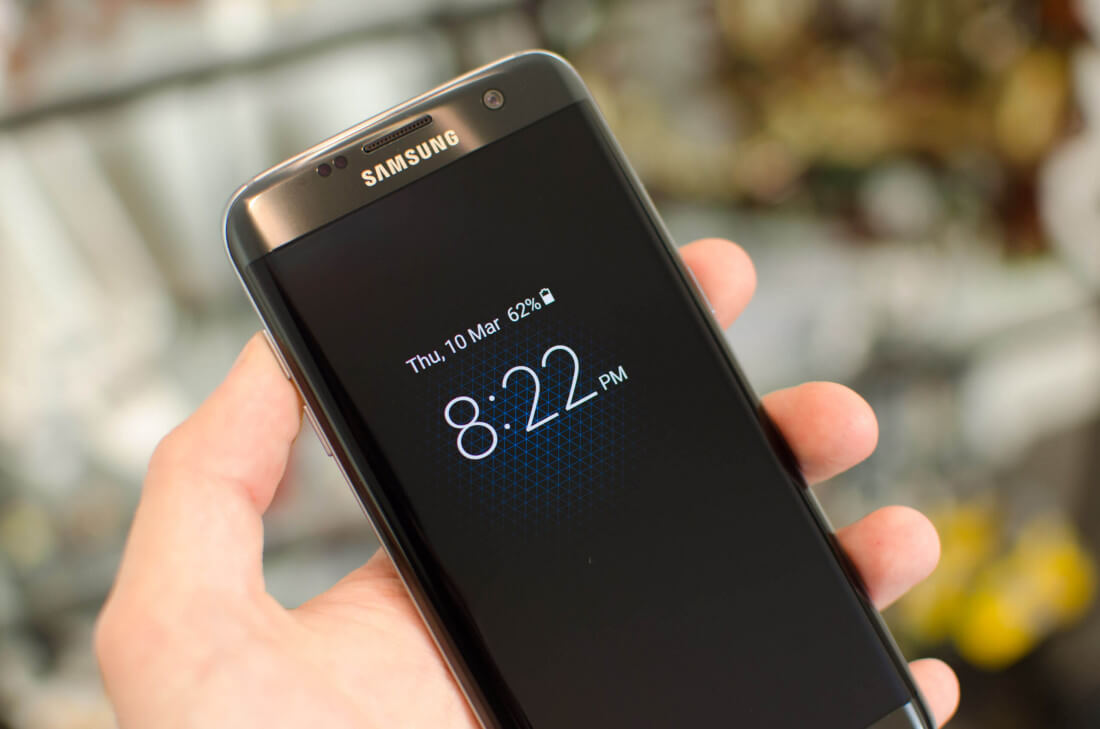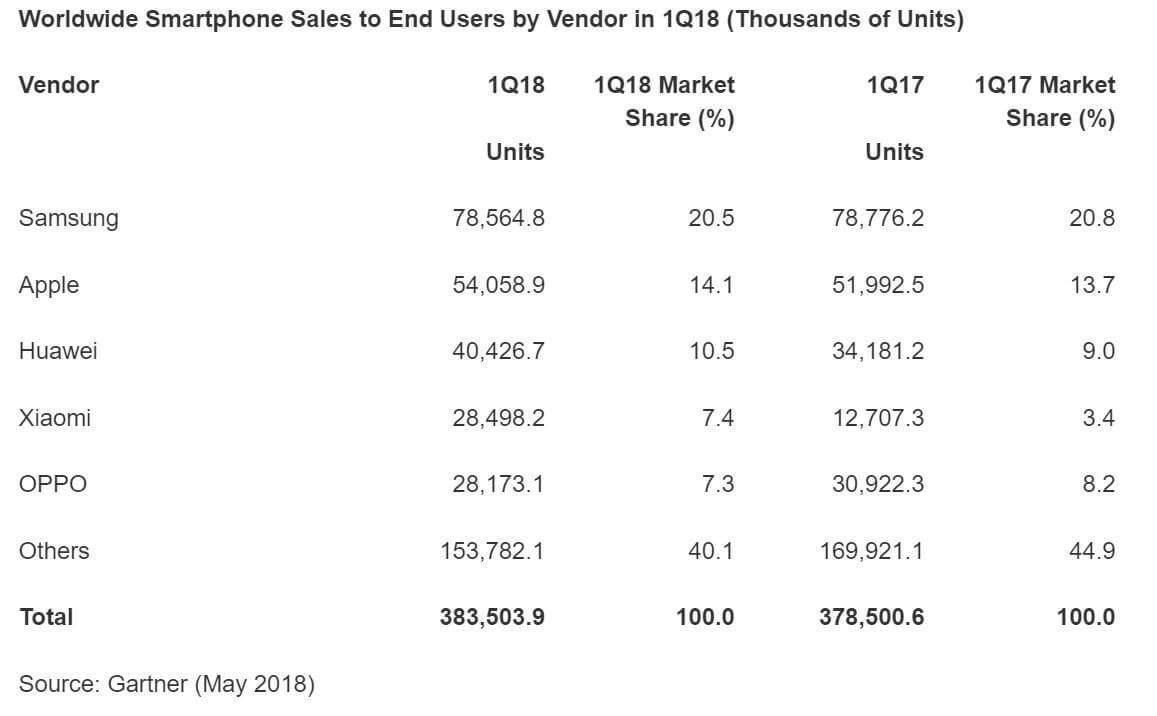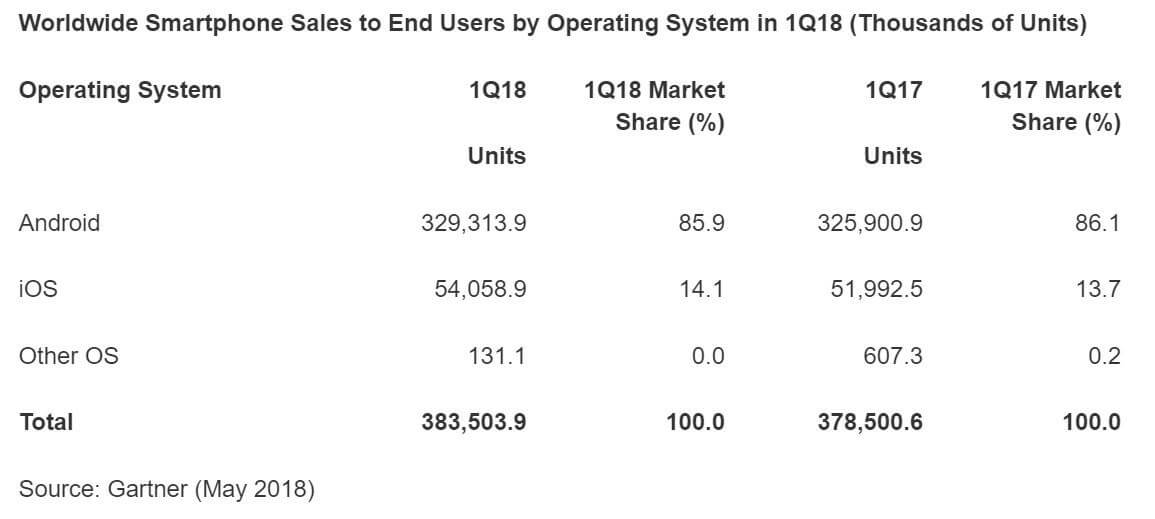In context: The fourth quarter of last year wasn't a good time for the smartphone industry, which experienced its first-ever decline in global sales. But just one quarter later and the market has rebounded by returning to growth figures.
Research firm Gartner reports that the near 384 million smartphones sold in Q1 2018 mark a 1.3 percent increase compared to the same period last year. That figure represents 84 percent of all 455 million phones, which includes feature phones, sold during the quarter.
"Demand for premium and high-end smartphones continued to suffer due to marginal incremental benefits during upgrades," said Anshul Gupta, research director at Gartner. "Demand for entry-level smartphones and low mid-tier smartphones improved thanks to better-quality models."
As usual, Samsung led the pack in Q1, but the Korean giant's 78.5 million unit sales were down YoY, and it lost 0.3 percent of its market share, which stood at 20.5 percent. The fall has been attributed to the competition its mid-tier smartphones face from Chinese brands.
Apple still has a long way to go before catching up with its big rival, but the Cupertino firm is on the right track. It saw a four percent increase in yearly growth as its market share went up from 13.7 percent to 14.1 percent.
"Even though demand for Apple's iPhone X exceeded that of iPhone 8 and iPhone 8 Plus, the vendor struggled to drive significant smartphone replacement, which led to slower-than-expected growth in the first quarter of 2018," said Gupta. "With its exclusive focus on premium smartphones, Apple needs to significantly raise the overall experience of its next-generation iPhones to trigger replacements and lead to solid growth in the near future."
Chinese phone makers take up the final three places in the top five, with Xiaomi having an exceptional quarter. Partly thanks to the popularity of its devices in India, the company saw YoY growth of 124 percent and a 330 percent growth rate in the Asia Pacific region. Huawei also recorded an increase in yearly sales and market growth, though Oppo's figures fell slightly.
When it comes to operating systems, Android remained the most popular OS by far---despite a slight decrease compared to last year. Its market share was at 85.9 percent, while second-place iOS was at 14.1 percent.


